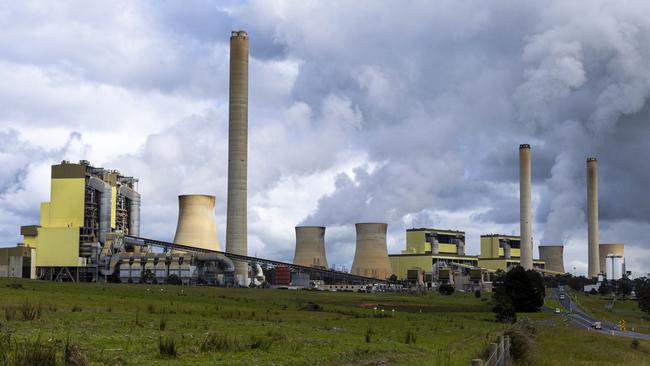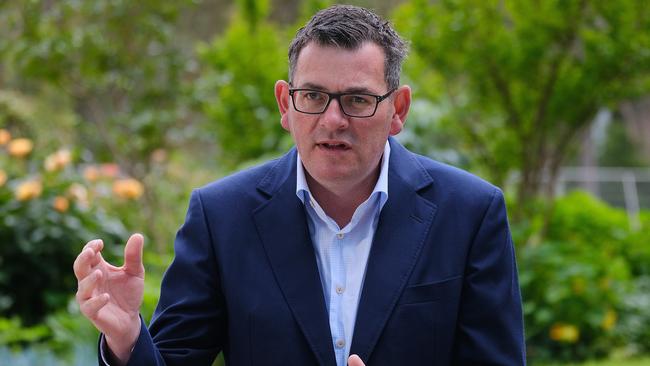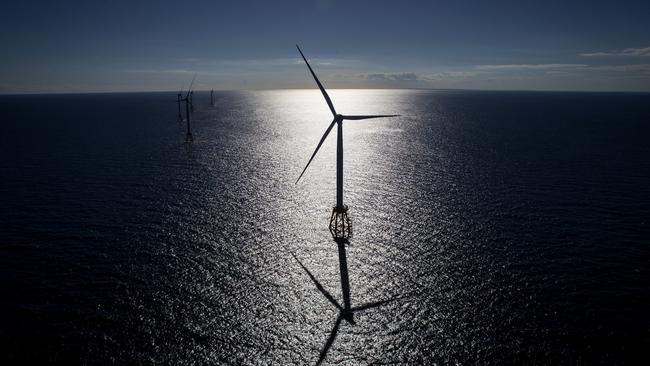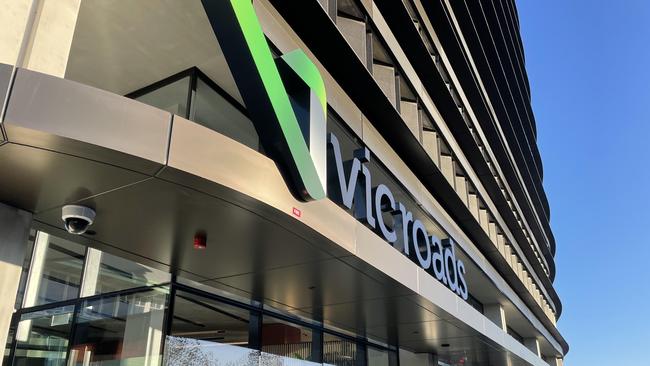Can Victoria take another four years of Dan Andrews?

Pitching for a third term, the Premier’s campaign launch on Sunday put lower energy prices, energy jobs and bringing back the State Electricity Commission centre-stage.
“Bringing back the SEC” T-shirts are the new black as Andrews talks up gouging profiteers in the private sector.
Memories are short. As a banker working on the SECV’s privatisation in the 90s, I walked through the vast Loy Yang B coal-fired power station on a due diligence trip. The previous Cain and Kirner Labor governments had had plans for an expansion of Loy Yang B and to build new coal-fired power stations. But when these assets went to the private sector, coal-fired power did not need to expand. Instead, efficiency went up.
Before privatisation, the availability of coal-fired power ran at about 70 per cent of capacity. That meant a 3000MW power station could only bank on 2100MW being available. In private hands availability was about 95 per cent.
Privatisation of SECV actually reduced the footprint of coal-fired power that Dan Andrews wants to erase from the state.

Sure, private investors made money. Why else would they pay the state for the assets, which allowed Victoria to crawl back from a debt and deficit crisis?
Undeterred, Dan Andrews is resuscitating the SEC as part of a $1bn spend on renewable energy projects, with a 95 per cent renewable energy target by 2035. He has big plans for offshore wind. “We are replacing offshore profits with offshore wind renewable megawatts. It will drive down the cost of power for Victoria and families,” the Premier said on Sunday.
The cost of onshore wind in Victoria has risen from $2m to between $2.5m and $3m per megawatt of power, thanks to supply chain issues, a shortage of turbines under increasing demand and general inflation.
On back of the envelope numbers, the government’s $1bn commitment could become $2bn if it sold 49 per cent to equity partners. Project finance might take that to $4bn. But $4bn would only buy 1600MW of onshore wind. And offshore wind is more expensive again, leaving the government 1400MW. But 1400MW in extra renewables will not shift pricing for consumers. It will add to volatility in wholesale energy prices, which are often driven by the gas market.
Dan Andrew’s promise of cheaper energy prices for Victorians should be taken no more seriously than federal Labor’s pledge of a $275 fall in the household bill.
1400MW is a far cry from the 4500MW promised by Andrews to replace the retiring coal-fired power. He describes the $1bn as an initial investment. To reach 4500MW, the state government will need to raise much more debt.

Dan Andrews is also asking industry funds, which hold the retirement savings of Australian workers, to put billions behind a renewable energy takeover of the state, much of it presumably without firm backing. “Come and invest alongside the Andrews government as we work to push prices lower!”
Superannuation trustees have a fiduciary duty to their members and recent reforms mean the worst performers get named and shamed every year.
Returns on renewable investments hold risk. The government could take on some of this volatility, but that puts more pressure on Victoria’s credit rating, already the lowest of the states.
Where industry funds would much rather be is in infrastructure — with guaranteed returns from assets like VicRoads’ licensing and registration business, which the Victorian government has just … privatised.
This time, however, Dan Andrews appears to have locked in cost of living increases for Victorians on their regos, while the clever people at Macquarie Asset Management, Aware Super and the Australian Retirement Trust enjoy 40 years of a high-margin business delivering strong returns.
The Macquarie consortium paid $7.9bn for the licence to operate VicRoads, because this is a high margin, low risk business.

Terms are confidential but an informed source told The Australian that the contract includes an inflation-linked provision. This may make sense for a toll road where the operator commits to capital works over the life of the deal. But this is regos and personalised number plates: ongoing costs run to little more than a bit of IT uplift. Yet Victorians can expect to see their regos heading steadily north in future.
Back on the campaign trail, Andrews is helicoptering in a $250 power saving bonus, regardless of income. Victorians are heckled daily by call centres over new government-funded energy efficiency deals.
They get in the car and Melbourne and country Victorian roads are riddled with potholes. Floods have exposed a woeful government underspend, first called out in 2016 by the Auditor-General, who noted that funding had decreased in real terms by 60 per cent over the previous decade.
This year the AG said 15 per cent of the road network was in “very poor” condition, up 11 per cent from the decade to 2016.
Meanwhile the state public sector wages bill has ballooned from under $13bn in 2013-14 to over $35bn in 2020-2021.
At $167bn Victoria’s debt is now more than Queensland’s, NSW’s and Tasmania’s combined. Premier Andrews’ policies can only make things worse.



Another four years of Dan Andrews in Victoria is almost a certainty. The other certainty is the uncertainty it will deliver for Victorians on energy prices and the cost of living.